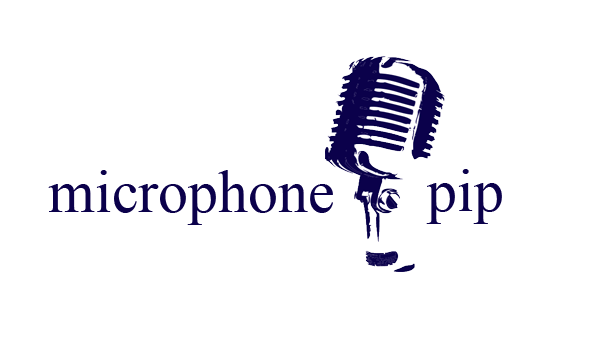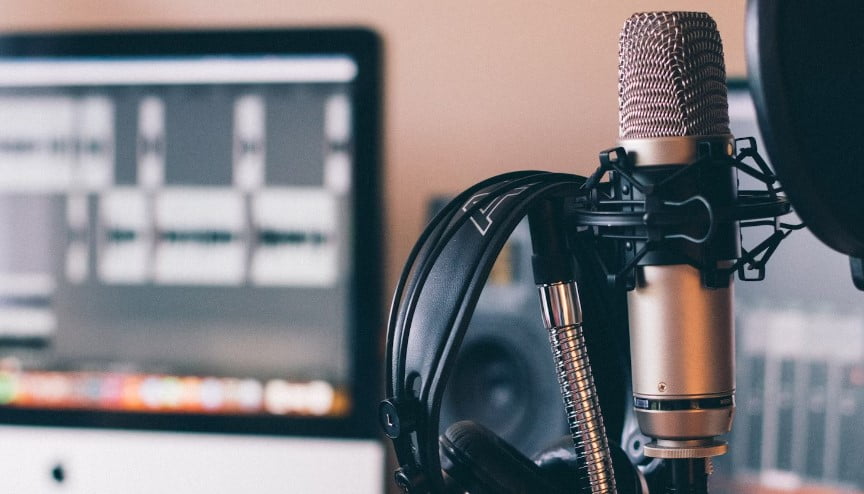Understanding Noise in Recordings
Types of Noise in Recordings
In recordings, different kinds of noise can sneak in and make things a bit messy. Let’s talk about some common ones:
- Background Noise: This is the noise from your surroundings, like the sound of people chatting, traffic on the street, or birds singing outside.
- Electronic Noise: Sometimes, electronic devices, like a computer or a buzzing light, can add their own unwanted sounds.
- Environmental Noise: Nature can also make noise, like wind blowing, rain falling, or the ocean waves crashing.
Each type of noise can mess with the quality of your recording. For example, background noise can make it hard to hear what someone is saying. Electronic noise can make your recording sound fuzzy, like a broken radio. And environmental noise, like wind, can be a real spoiler.
Let’s see how these noises can affect our real-life recordings.
Real-World Examples
Imagine you’re recording your friend talking in a park. Birds are chirping, people are chatting, and cars are zooming by. All these sounds can mix in with your friend’s voice, making it harder to understand what they’re saying.
Or, when you’re recording a video on your computer, and there’s a buzzing noise in the background. That buzzing sound can be really annoying when you watch the video later.
These real-life examples show us why noise can be a problem in recordings. Now, let’s learn how to make our recordings better!
The Importance of Noise Reduction

Reducing noise in recordings is like taking the clouds away from the sky. It makes everything much clearer. So, why is it so important?
Why Noise Reduction Matters
Imagine you’re watching a movie, and the sound is all muffled. It’s tough to enjoy, right? In the same way, if your recordings have too much noise, it’s hard to hear and understand what’s being said.
How Noise Reduction Helps Us Listen
When we reduce noise, recordings become much more enjoyable. It’s like watching your favorite movie without any static on the TV screen. The voices and music become clear, making it a better listening experience.
Preparing for Noise Reduction
Now, let’s get ready to reduce noise in our recordings!
Selecting the Right Recording Environment
To find the right place to record, you can follow these tips:
- Choose a quiet spot where there’s not too much noise in the background.
- If you can, close windows and doors to keep outside sounds out.
- Smaller rooms usually have less echo and noise, so they’re a good option.
Using the Proper Recording Equipment

The tools you use for recording matter a lot. Here’s what you need to know:
- Pick a microphone that fits your needs and is good quality.
- Use headphones to check if there are any noise issues while recording.
- High-quality equipment helps your recordings sound cleaner and clearer, just like a good camera helps you take better photos!
By understanding noise types, realizing the importance of noise reduction, and preparing well, you can make your recordings sound awesome! Keep these tips in mind, and your recordings will be top-notch.
In-Recording Techniques
When you’re in the middle of recording something, there are some cool techniques you can use to reduce noise. Let’s learn about them!
Mic Placement and Gain Staging
Proper Microphone Placement for Noise Reduction
Where you put your microphone can make a big difference in your recording. If it’s in the right spot, it can capture the sound you want and keep out the unwanted noise. For example, placing the microphone close to the person speaking helps get clear sound and reduces background noise.
The Role of Gain Staging in Reducing Noise During Recording
Gain staging is like the volume control for your recording. If it’s set right, it can help reduce noise. When you record, you want to make sure the microphone and recording equipment are set at the correct levels. This can help you get a clean and noise-free recording.
Techniques for Reducing Ambient Noise
Methods to Minimize Background and Environmental Noise During Recording
Sometimes, you can’t control all the noise around you. But there are ways to deal with it:
Use soundproofing materials like foam or curtains to block noise from outside.
Record in a smaller space, like a closet, which can have less background noise.
Make a DIY recording booth using pillows and blankets for extra noise reduction.
Examples of Isolation Techniques
Isolation techniques are like building a little fortress around your microphone. You can use a pop filter to reduce popping sounds when you say words with “P” or “B,” or use a reflection filter to capture your voice while keeping other noises out.
Post-Production Noise Reduction
After you finish recording, there are more tricks to make your recordings even better!
Introduction to Noise Reduction Software
Overview of Popular Noise Reduction Software Tools
There are special software tools that can help you get rid of unwanted noise. Some popular ones include Audacity, Adobe Audition, and Izotope RX. These tools are like magic wands for cleaning up your recordings.
The Importance of Using the Right Software for the Job
Not all noise reduction software is the same. Using the right one for your project is crucial. Some are simple and great for beginners, while others offer advanced features for pros. It’s like choosing the right paintbrush for a painting – the tool matters!
Step-by-Step Noise Reduction Process
A Detailed Guide on Using Noise Reduction Software Effectively
Using noise reduction software is like being a sound detective. You identify the noise and then tell the software to remove it. It’s done step by step. You can learn how to adjust settings, like the noise reduction strength and frequency, to get the best results.
Adjusting Settings and Parameters for Optimal Results
You’ll also want to tweak settings like the noise threshold, sensitivity, and reduction level to fine-tune your audio. It’s like tuning a radio to get the clearest signal – the right settings make all the difference.
Additional Audio Restoration Techniques
There are more cool tricks to make your recordings sound even better!
Tips for Enhancing the Quality of the Recording During Post-Production
Besides reducing noise, you can make your recording even more awesome by doing things like:
- De-essing: Removing those sharp “S” sounds that can be annoying.
- De-popping: Getting rid of the popping sounds when you say “P” or “B” sounds.
- De-clicking: Eliminating tiny clicks or pops that can sneak into your recording.
These are like the finishing touches that make your recording sound like a pro did it. So, go ahead and use these techniques to make your recordings top-notch!
Best Practices and Tips
Now that we’ve learned about different noise reduction techniques, let’s dive into some best practices and helpful tips to make your recordings sound fantastic.
Preserving Audio Quality
How to Balance Noise Reduction with Maintaining Audio Fidelity
When reducing noise, it’s important to find the right balance. You want to get rid of the unwanted noise, but you don’t want to lose the good stuff, like the voices and music. Adjust the noise reduction settings carefully to keep your audio clear and natural.
The Risk of Over-Processing and How to Avoid It
Sometimes, if you try too hard to reduce noise, you can end up making your recording sound weird or unnatural. It’s like adding too much sugar to your favorite dessert – it can ruin the taste. Be cautious not to over-process your audio, and always listen carefully to make sure it still sounds good.
Monitoring and Testing
The Importance of Regularly Monitoring and Testing for Noise
While recording and during post-production, it’s vital to keep an ear out for noise. Listen to your recordings regularly and use headphones to catch any unwanted sounds. This is like checking your homework to make sure it’s all correct.
Quality Control Throughout the Recording and Post-Production Process
Think of your recording process like building a sandcastle. You need to keep an eye on it to make sure it turns out great. Quality control means checking for noise, fixing it, and ensuring that your final recording is of high quality.
Conclusion
Summary of Key Points
To sum it all up, here are the best strategies for noise reduction in recordings:
- Understanding different types of noise.
- Realizing the importance of reducing noise.
- Preparing for recording in the right environment and using good equipment.
- Learning about in-recording techniques and post-production tools.
- Using the best practices to maintain audio quality.
- Regularly monitoring and testing your recordings.
Encouragement for High-Quality Recordings
Producing top-notch recordings is a fantastic achievement. It’s like painting a masterpiece or scoring a goal in a soccer match. So, always remember that noise reduction plays a crucial role in making your recordings sound professional and enjoyable.
Keep practicing, keep learning, and you’ll be creating amazing recordings in no time. Don’t forget that your voice and creativity can shine even brighter when noise is out of the picture. Keep up the good work!




